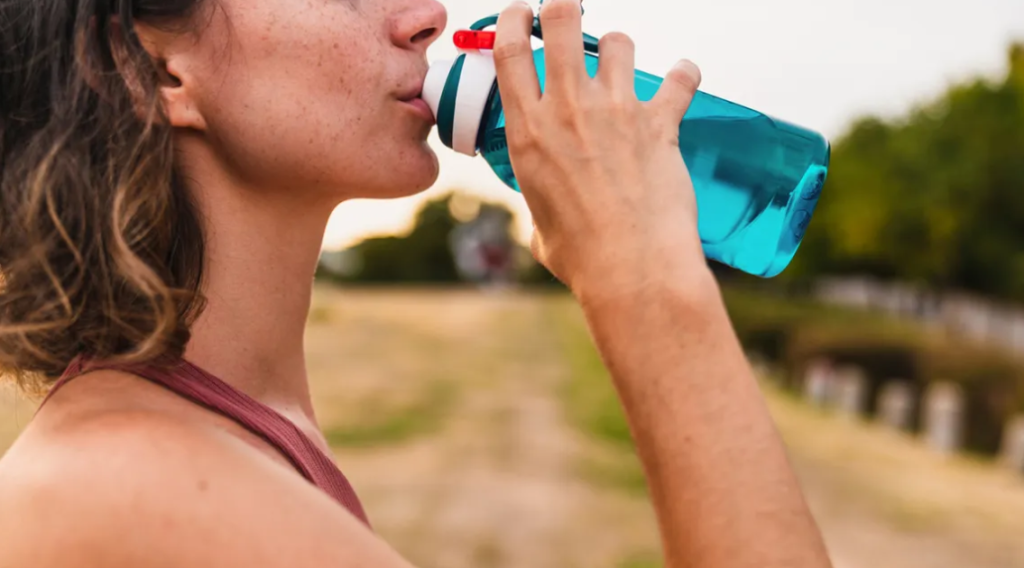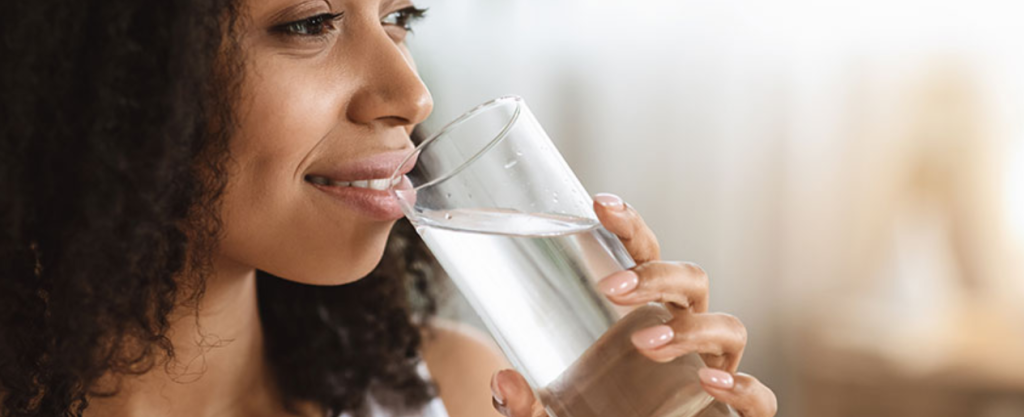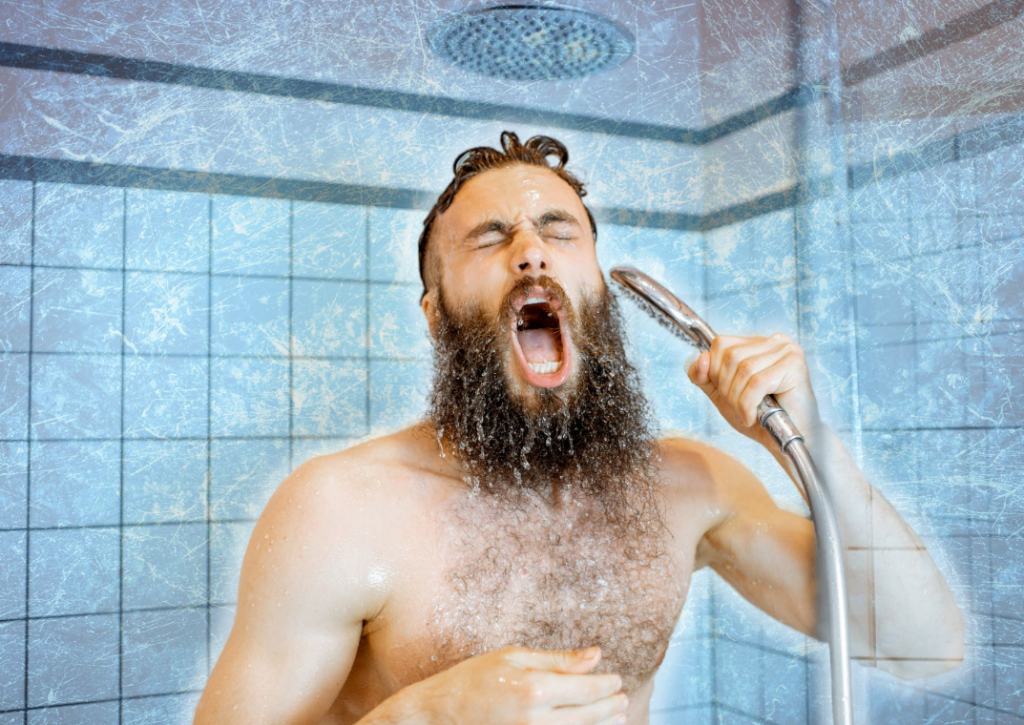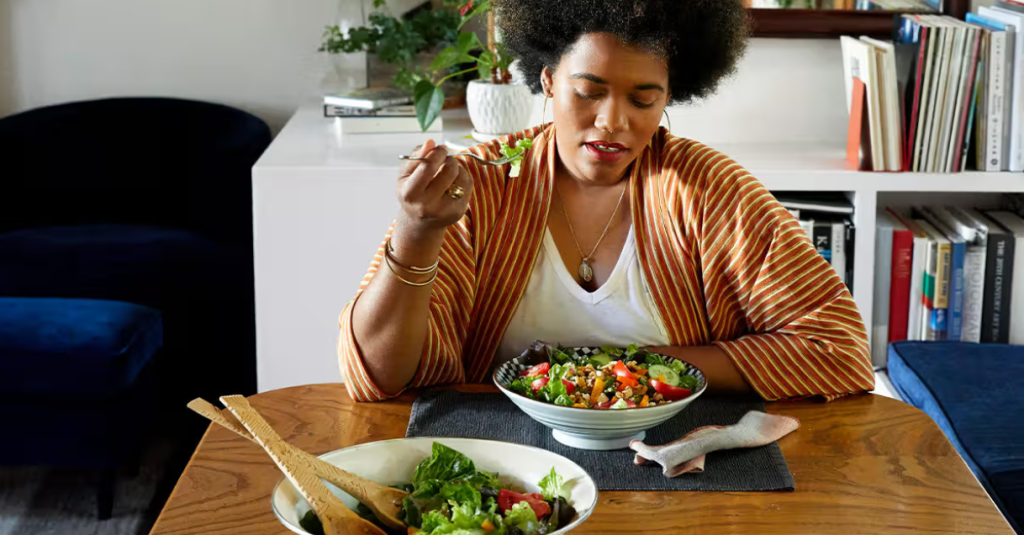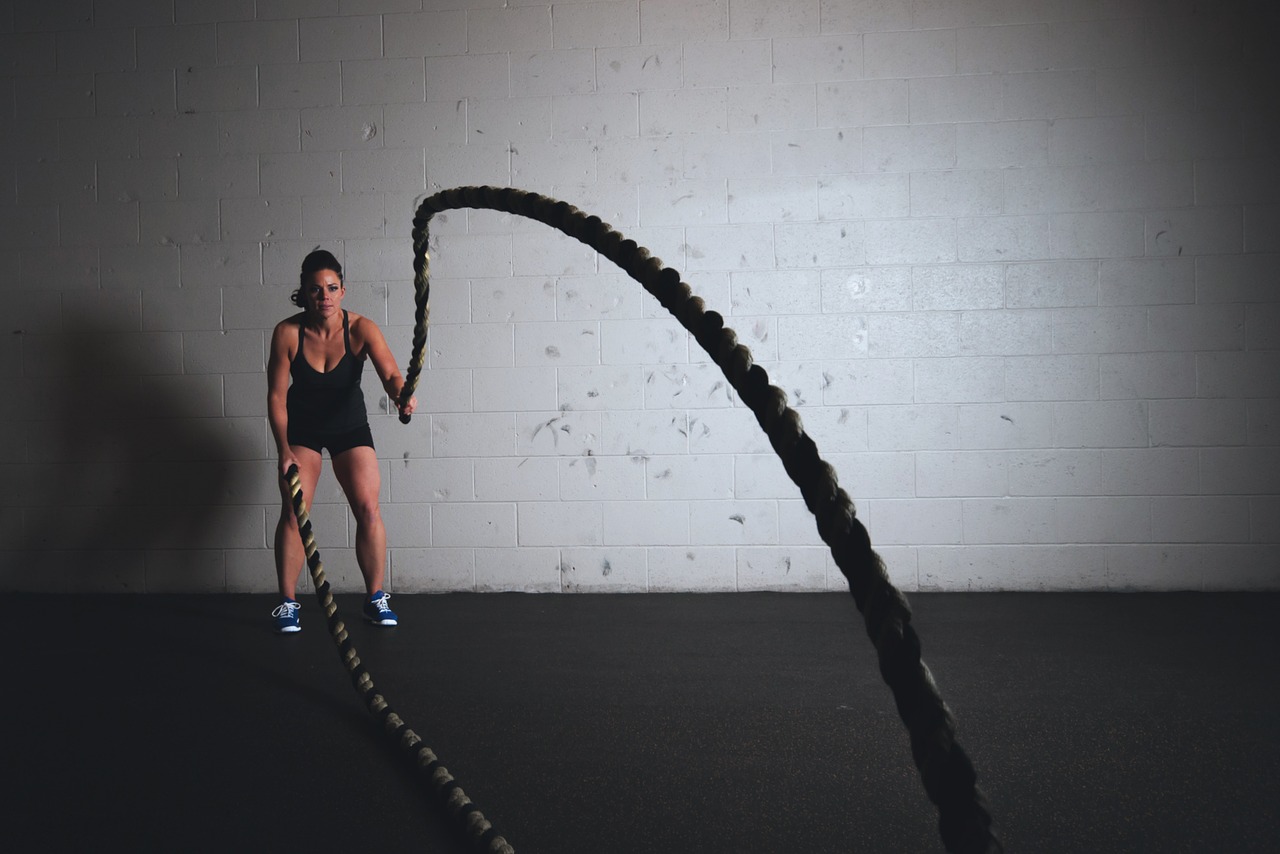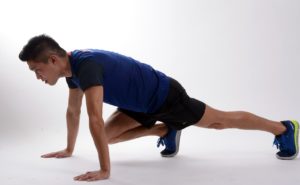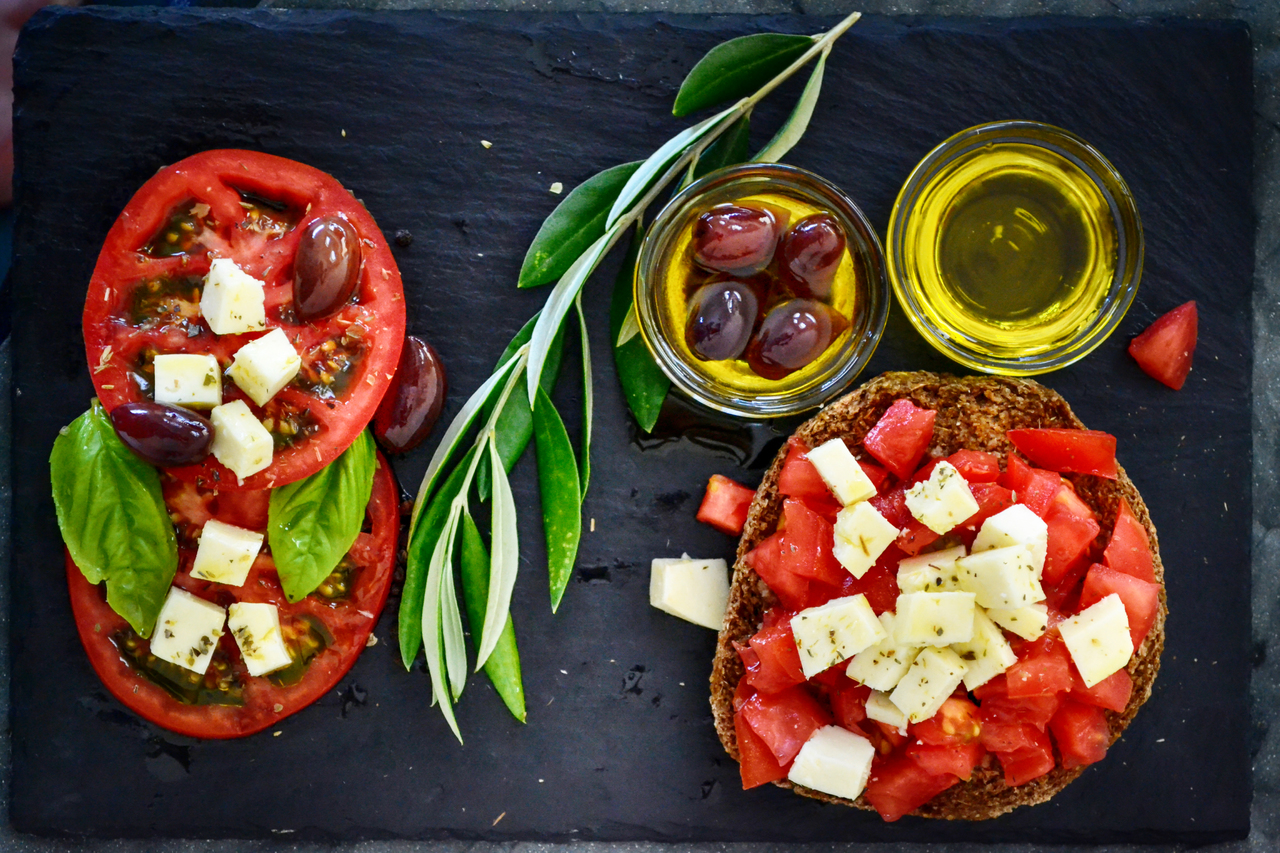How to Quiet an Active Mind for Better Sleep
Not Sleepy? Stay Up
It’s helpful to stick to a consistent bedtime, but sometimes your mind may be too active for sleep. If that happens, don’t force yourself to lie down. Doing relaxing activities like taking a warm bath or listening to soothing music can help calm your mind until you feel sleepy. This way, you’ll spend less time in bed and more time asleep.
Put Off Paying the Bills
Thinking about stressful things like work or money can keep your mind busy. It’s better to handle bills and emails another day. Also, avoid watching intense movies, TV shows, or news. Logging out of social media can also help because even just reading or watching arguments online can make it hard to relax.
Make a To-Do List
It’s tough to fall asleep when your mind is racing with all the things you need to do. Take a few minutes before bed to write down everything you need to do the next day. This way, you can clear your mind and sleep better.
Let Your Muscles Fully Relax
Relax your body to ease stress from your mind. Lie down flat and let your body become loose. Take a deep breath and let it out slowly. Then, tense and relax each part of your body one by one, starting from your toes and working your way up to your forehead. Feel the tension melt away as you do this, and enjoy the feeling of relaxation.
Slow Your Breath, Slow Your Mind
You can use your breath to help calm your body and quiet your mind. Put your hand on your heart and feel its beat. Breathe in deeply for 4 seconds, then exhale slowly. Keep repeating this until you feel your heartbeat slow down. Your thoughts should start to calm down too.
Make Your Bedroom a No-Screen Zone
Your phone, tablet, and other screens can disrupt your sleep because they emit blue light. This light tells your body to stay awake by stopping the production of melatonin, the hormone that makes you sleepy. Plus, the noises and notifications from these devices can wake you up during the night. To sleep better, it’s best to keep computers, TVs, and your phone out of your bedroom.
Meditate
Learn to relax your mind whenever you need to, and falling asleep will become easier. If you’re new to meditation, it’s helpful to choose something to focus on. You can focus on the sound of your breath or repeat a calming phrase in your head, like “I am calm.” At first, you might find it hard to stop your thoughts. It’s okay to take a break after a minute or two, but try again the next night. Eventually, you’ll be able to meditate for longer periods.
Call Out Your Worries
If your worries are stuck in your head, they can keep growing. Say them out loud, and they might disappear. You can try this trick: Start saying the alphabet in your head. After a few letters, say something out loud. Did you notice that your ABCs stopped? That’s what can happen when you speak your worries out loud.
Channel Your Inner Yogi
Many people find yoga helpful for better sleep. You can try the “child’s pose” before bed. Kneel on the floor with your big toes together. Spread your knees hip-width apart and lower your chest towards your thighs. Let your forehead touch the ground. If you have issues with your hips or knees, you can try the “corpse pose” instead. Lie on your back, with your legs apart and arms resting by your sides. Take a deep breath out and feel yourself relaxing into the floor. Stay in either pose for 3-5 minutes.
Go Ahead and Worry
Spoiler alert: You can’t get rid of all your worries forever. The more you try not to stress, the more you might feel stressed. One way to help is to set aside a “worry time” during your day. Pick a short time to sit quietly. Think about the things that are worrying you and how you might solve them. Doing this may help you worry less and sleep better.






